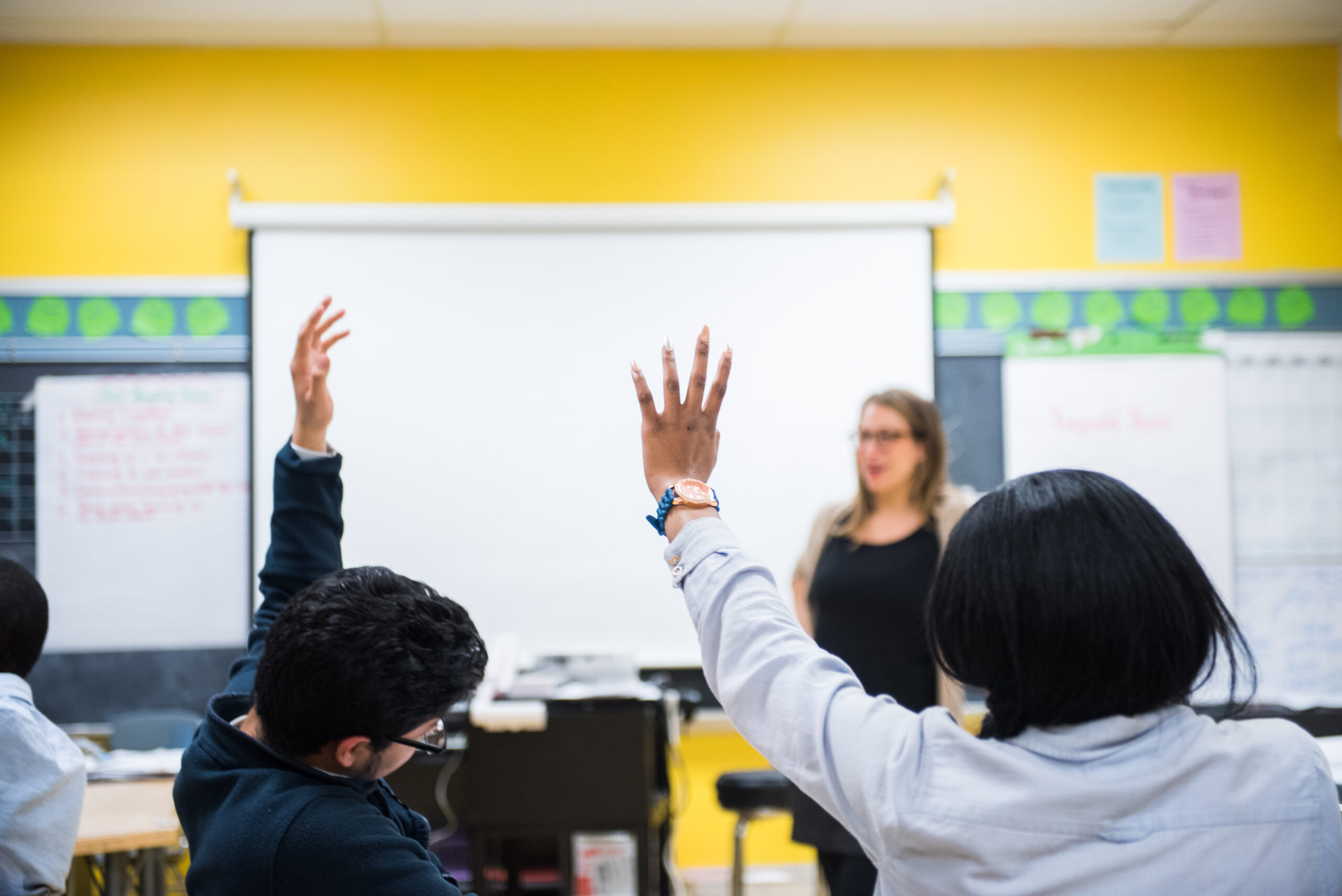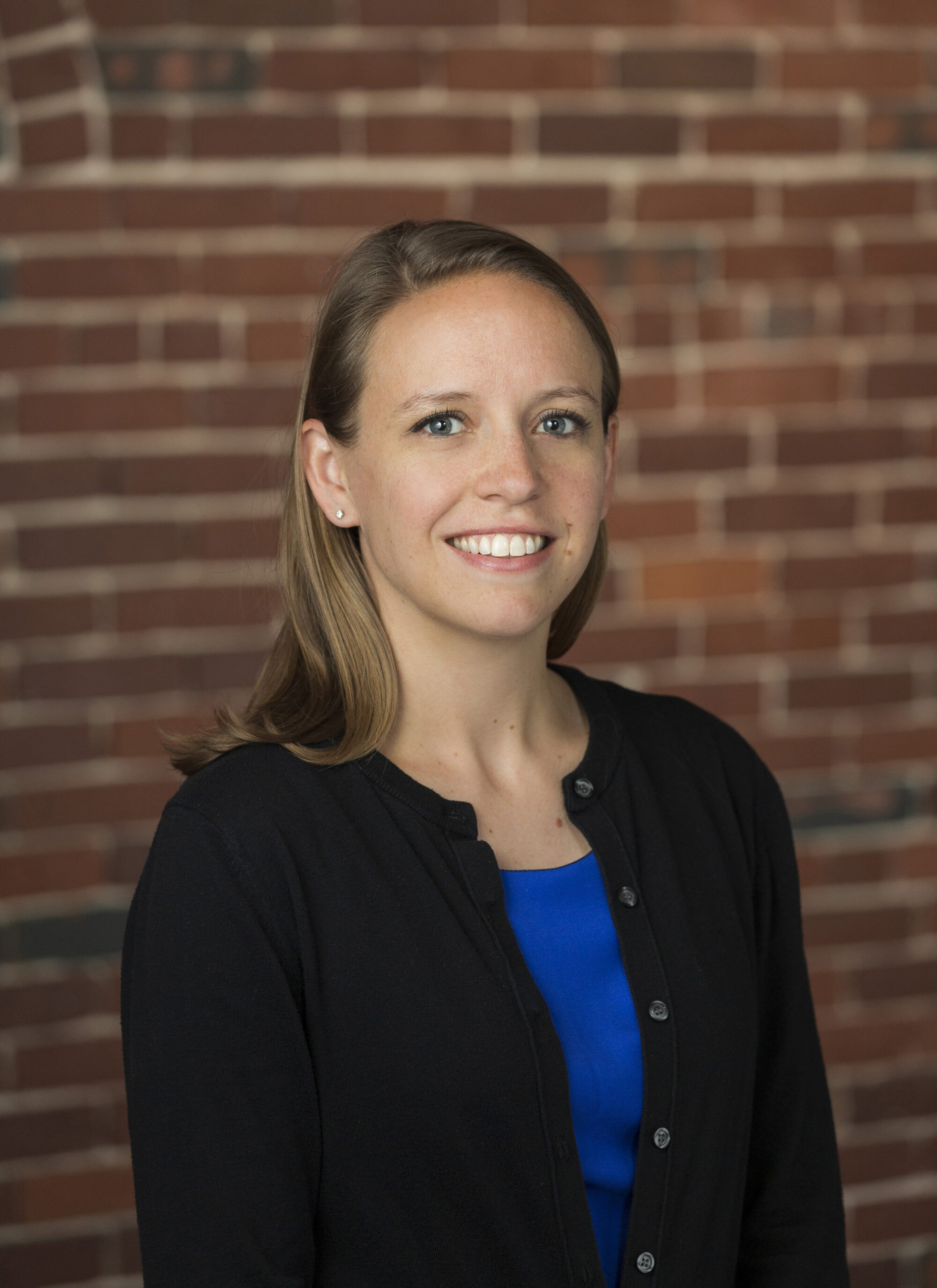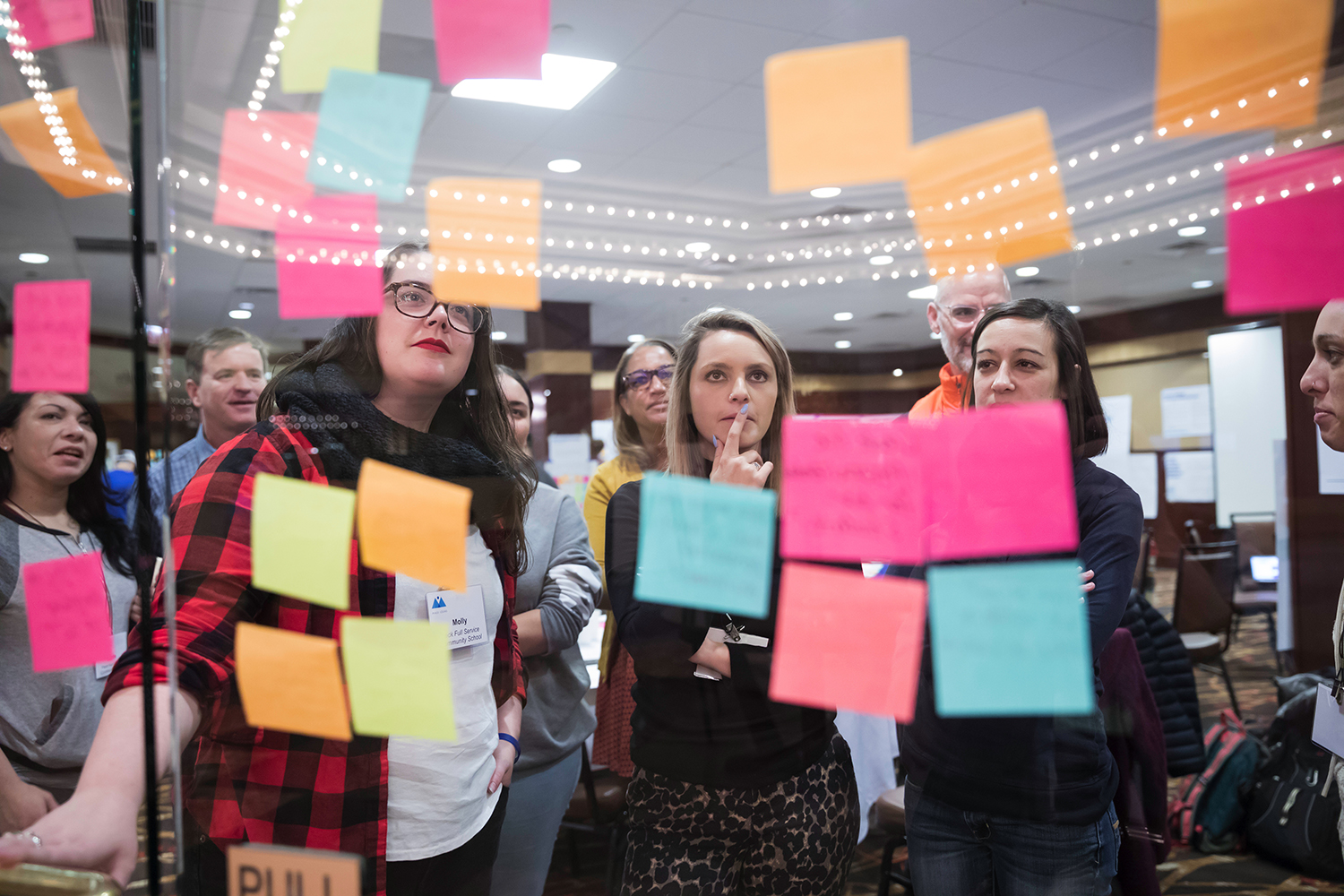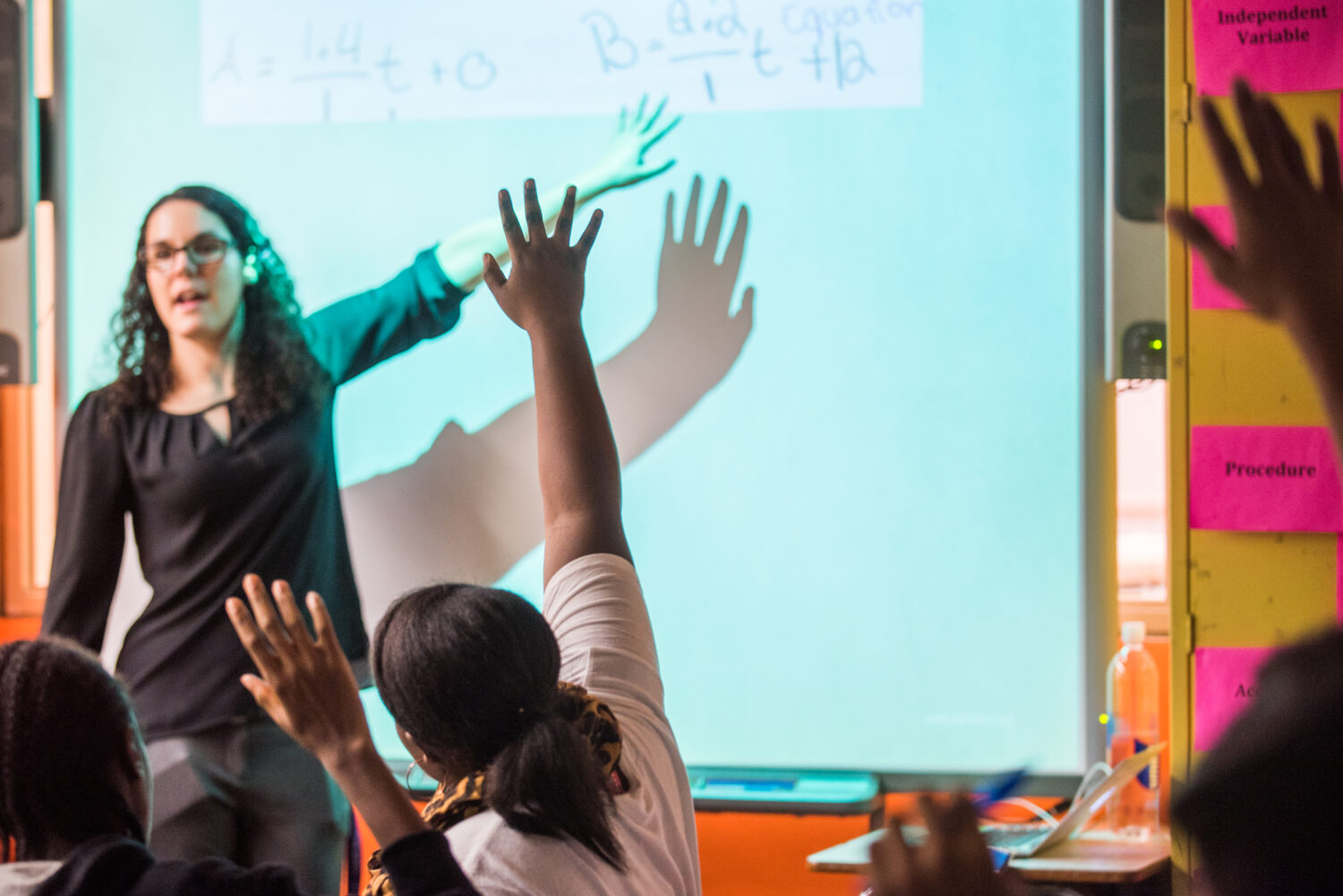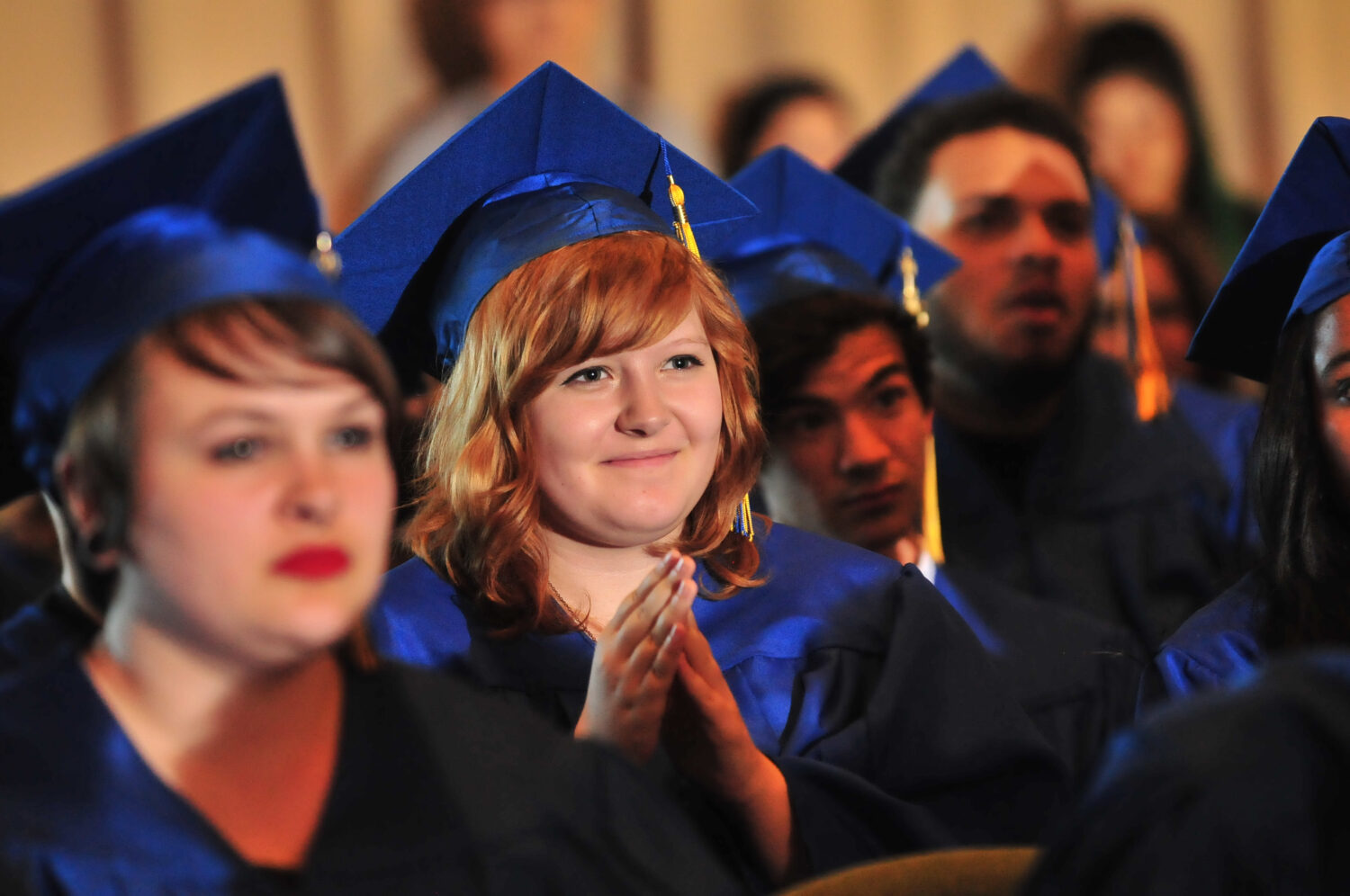This post features the critical questions, key findings, and links to five reports Barr helped to fund over the last year as part of the Education Program’s Build Public Will strategy. We strongly believe that good decisions on what should come next in education need to be informed by a credible and reliable fact base – an honest look at what is currently happening. In the Build Public Will strategy, we strive to increase access for all parents, students, educators, civic leaders, and residents to high-quality information on what is happening in our schools and with our students, as well as what is possible for our young people.
In Massachusetts, the education success story is not true for all students. In the report “#1 for Some”, The Education Trust and the Massachusetts Education Equity Partnership outline that the narrative of Massachusetts’ educational success story is far from accurate. Massachusetts 8th grade students were indeed first in the country in Math NAEP results, but Latino 8th grade students were 43rd and Black 8th grade students were 47th.The ramifications of the inequitable educational opportunities provided to our young people show up not just in 8th grade math, but in student outcomes across the preschool to higher education to workforce spectrum.
#1 for some is not good enough. The Barr Foundation’s Education Program is based on the belief that all students have the potential to succeed after high school in college, work, and life.
Where are we relative to the goal of preparing all students for success after high school?
- 18% of BPS high school students are off-track to graduate. We know from the recent EY-Parthenon report, that there is a range of quality in Boston Public Schools high schools, and where a student goes to school matters a lot for his or her outcomes. One student’s odds of graduating can range 30% depending on which high school he or she attends, and there is inequitable access (across race and other demographics) to the schools where the odds of graduating are high.
- 48% of students who do graduate high school are not prepared for what is next. The recent Success Boston report identifies that nearly half of BPS high school graduates who go on to a post-secondary program immediately upon graduation actually graduate within 6 years. Here too, there are racial inequities amongst those who arrive prepared to succeed and those who do not.
What’s getting in the way of success for all students?
- The classroom experience is not rigorous and engaging enough. TNTP’s The Opportunity Myth outlined that teachers’ expectations of what students can achieve is not, on the whole, aligned with grade-level standards. Therefore, it is not surprising that in this study, students only received appropriately rigorous instruction ~20% of the time. The large majority of students were succeeding on their assignments, but those assignments did not give the students the opportunity to reach for grade-level proficiency. High schoolers reported that their school experiences were engaging only 42% of the time. And, once again, the inequitable access to quality (and high expectations) is evident.
- Parents are eager to help, but do not have an accurate picture of students’ preparedness. Learning Heroes’ recent parent research explains that Massachusetts parents base their perceptions of student achievement more on student report cards and teacher feedback than on the state test. Clearly there is a disconnect if 88% of parents think their students are at or above grade-level, when only ~50% actually are. Parents believe they are largely responsible for their students’ success and are hungry for ways to be more engaged in their students’ learning.
The challenges outlined by these reports may be significant, and perhaps not surprising to some, but the responsibility to act is clear. The questions are: What is next? Who is deciding what comes next? And, how are those decisions being made? We look forward to continuing to support a diverse set of stakeholders to come together as a community to reflect on this information and develop the next generation of high school models for our students and the supporting solutions to make those possible.
